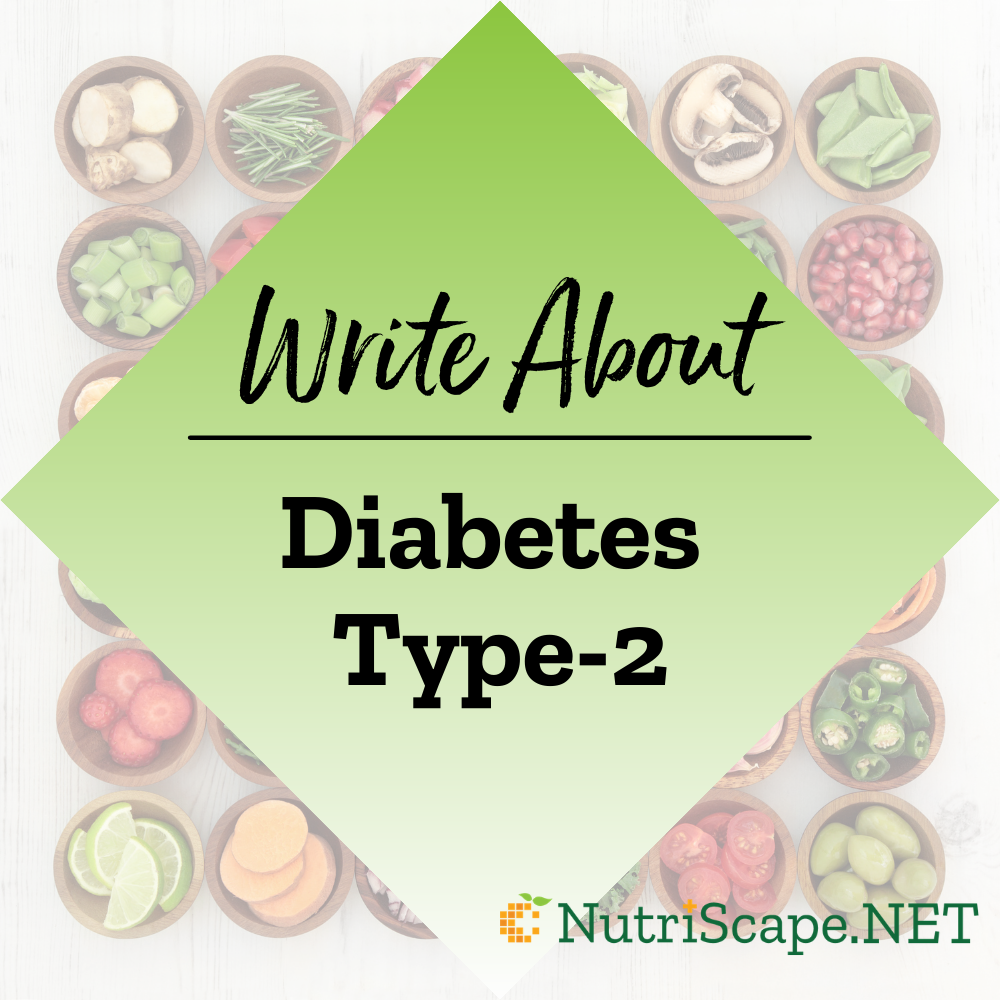
Novel diabetes treatment improved HbA1c, aided in weight loss

Novel diabetes treatment improved HbA1c, aided in weight loss
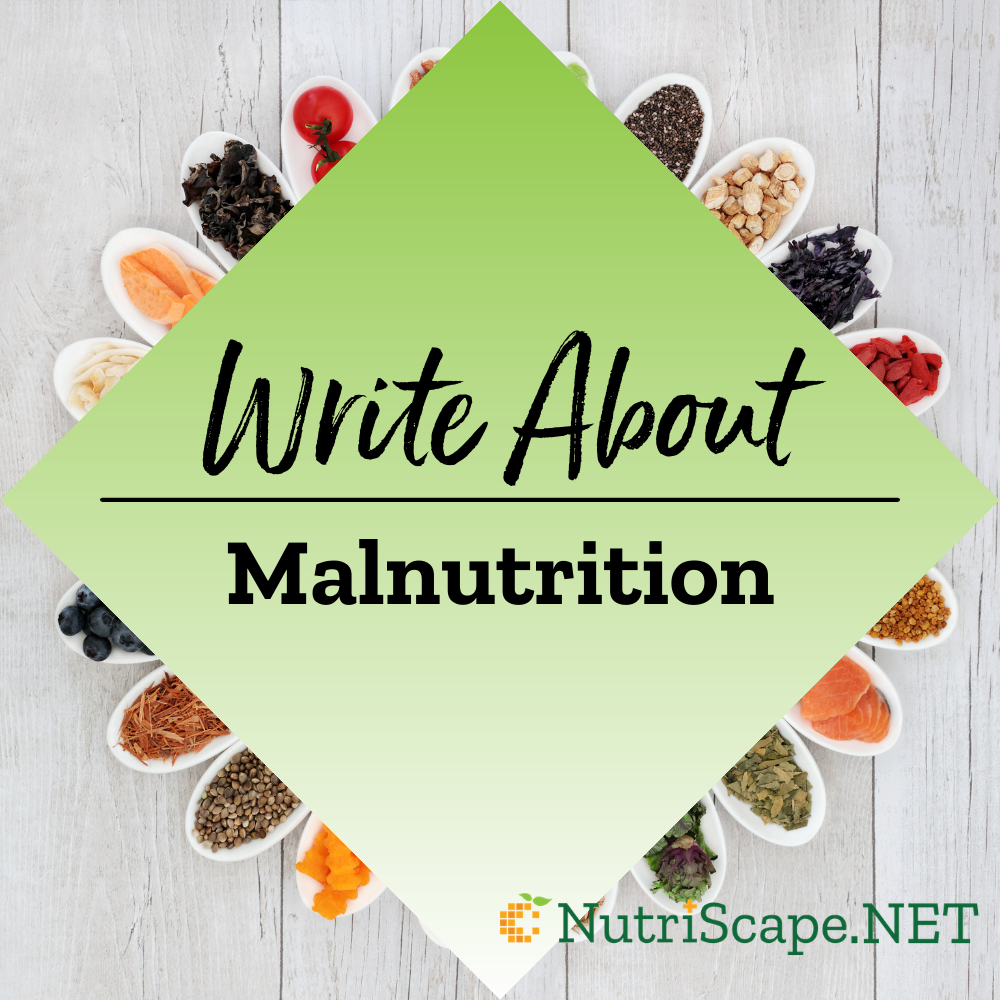
Follow these steps to help prevent and address malnourishment if your loved one is underweight, undermined by diet, or possibly undernourished.

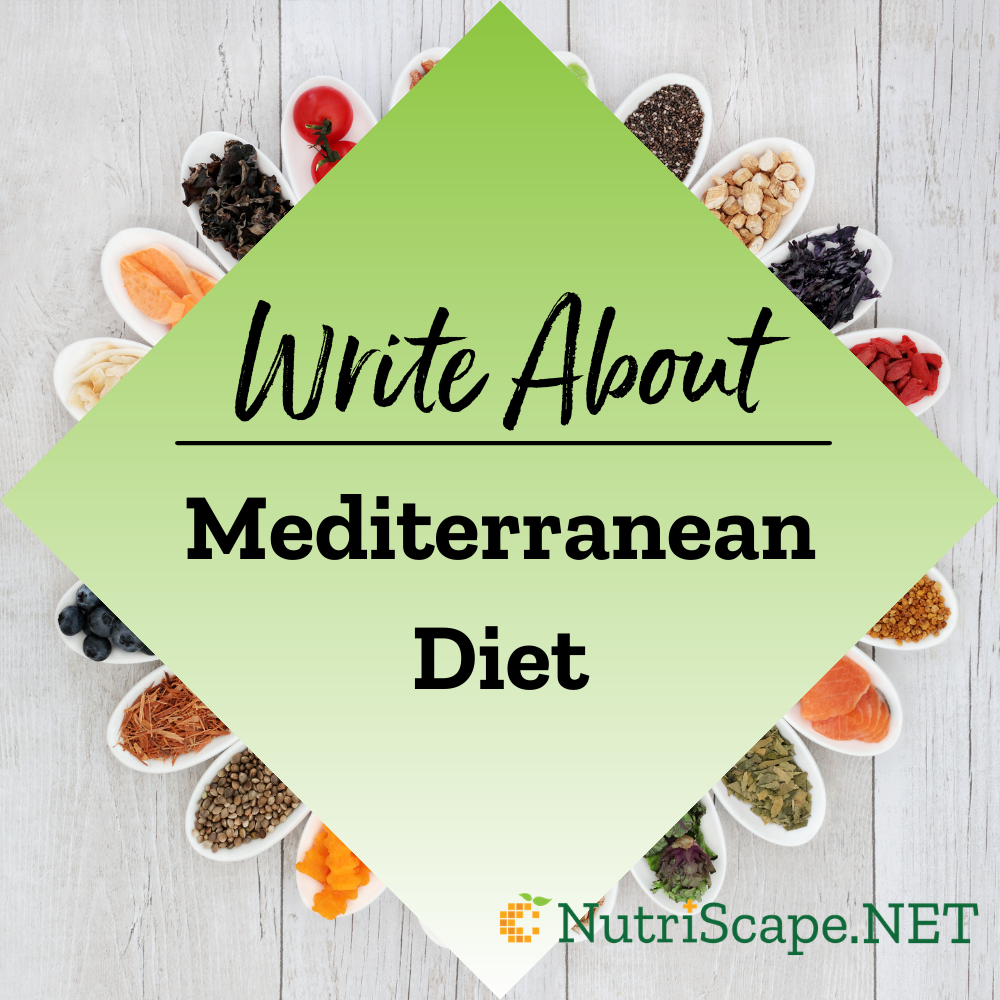
Compared with following a Western diet, a Mediterranean diet alters breast metabolites and microbiome to favor anticancer effects, a mammal study shows.
Source: Mediterranean diet promotes anticancer bacteria in the breast
Although all dietitians are well-versed in academic writing, it can be a challenge to organize our vast knowledge in a way that hits the right chord for readers on the web. Before you sit down to write your epic article, save yourself some time by investing an hour in learning the basics of a solid writing process that can help you create your very best work.
We’ve scoured the internet for the best practices on writing and distilled the information to meet the needs of NutriScape writers. In our 1-hour CEU presentation, “Copywriting Skills for the Internet”, we discuss a structured process for each phase of writing and cover critical SEO principles that are key to getting articles found on Google.
This writer’s guide is a resource that will be sure to help as you organize your thoughts:
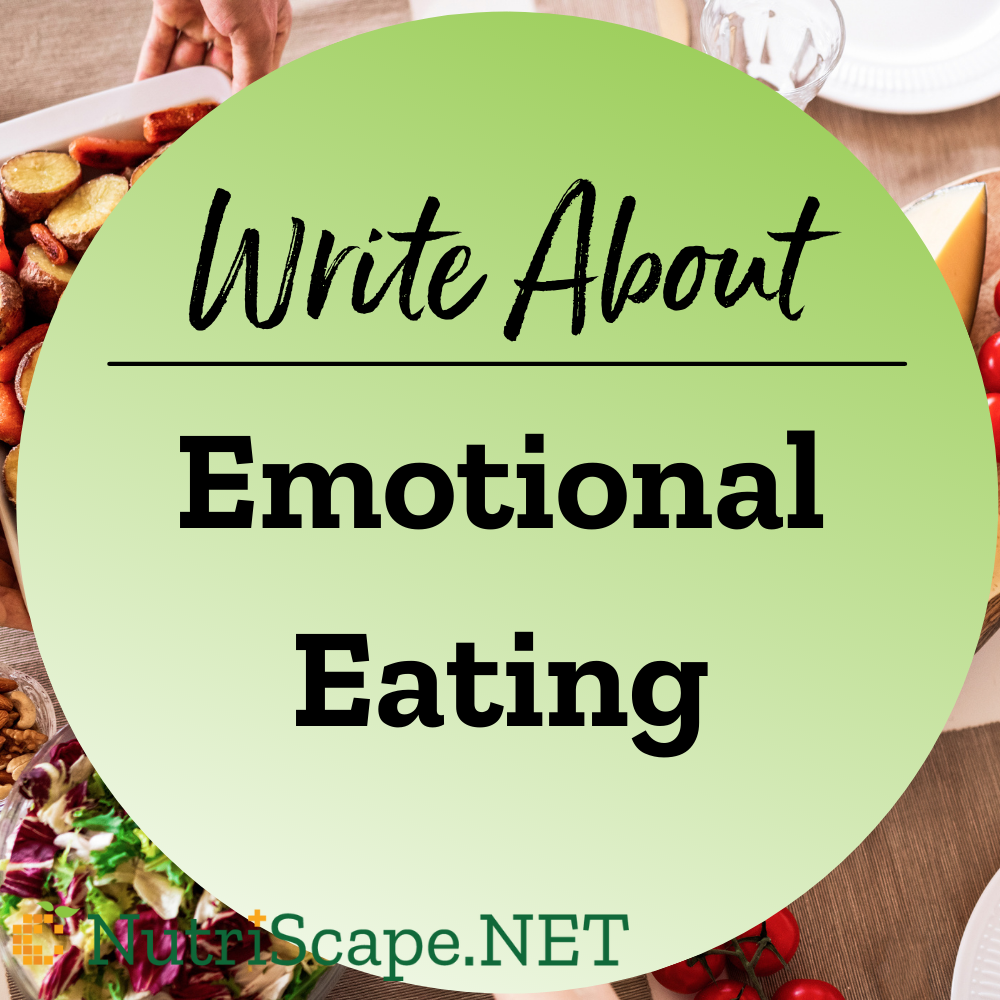
Both biology and psychology are at play here, so don’t be shy about seeking help. Here are a few steps to help you shake free from emotional eating.
Source: Learn to Stop Emotional Eating | Food & Nutrition | Stone Soup


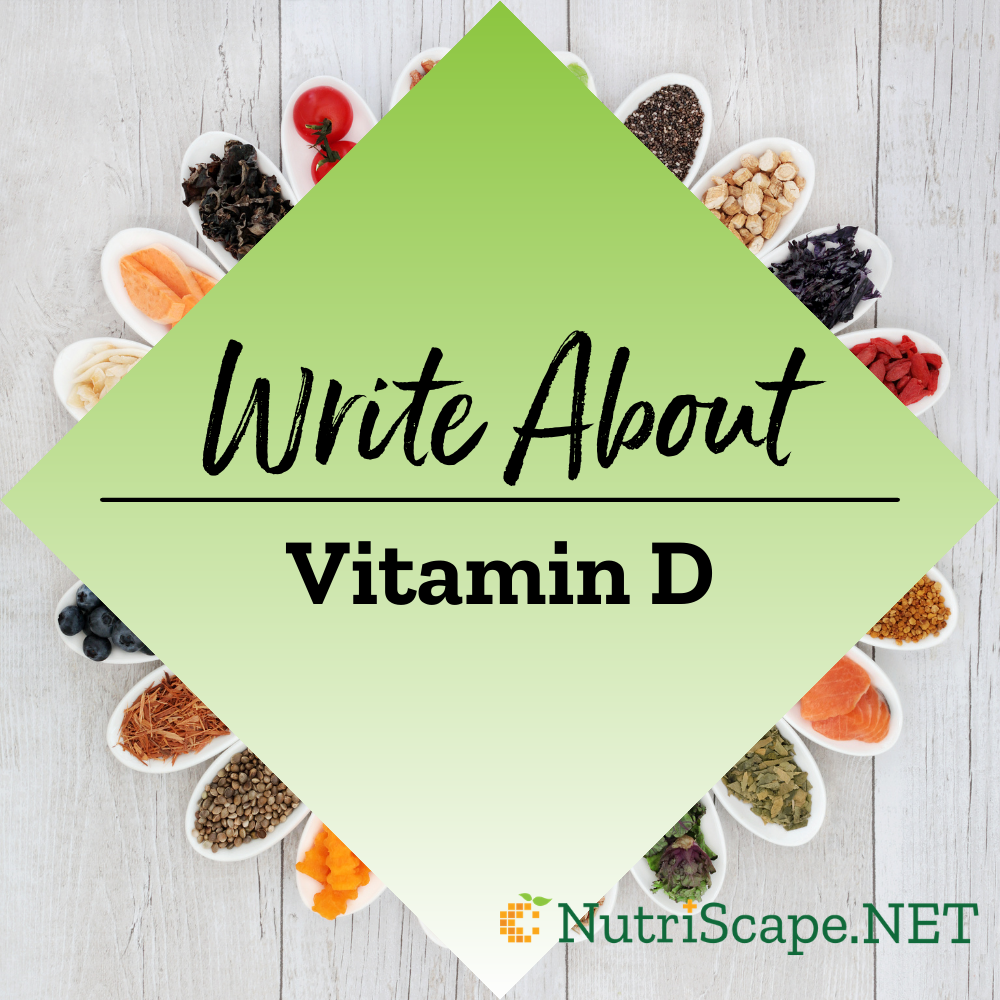
Children with overweight and obesity assigned to receive vitamin D supplementation for 1 year experienced decreases in BMI and fat mass and a rise in HDL cholesterol vs. similar children assigned to placebo, according to study findings presented at the European Society for Paediatric Endocrinology annual meeting.“These findings suggest that simple vitamin D supplementation may reduce the
Source: Vitamin D supplementation may improve metabolic syndrome parameters in children with obesity
Although all dietitians are well-versed in academic writing, it can be a challenge to organize our vast knowledge in a way that hits the right chord for readers on the web. Before you sit down to write your epic article, save yourself some time by investing an hour in learning the basics of a solid writing process that can help you create your very best work.
We’ve scoured the internet for the best practices on writing and distilled the information to meet the needs of NutriScape writers. In our 1-hour CEU presentation, “Copywriting Skills for the Internet”, we discuss a structured process for each phase of writing and cover critical SEO principles that are key to getting articles found on Google.
This writer’s guide is a resource that will be sure to help as you organize your thoughts:
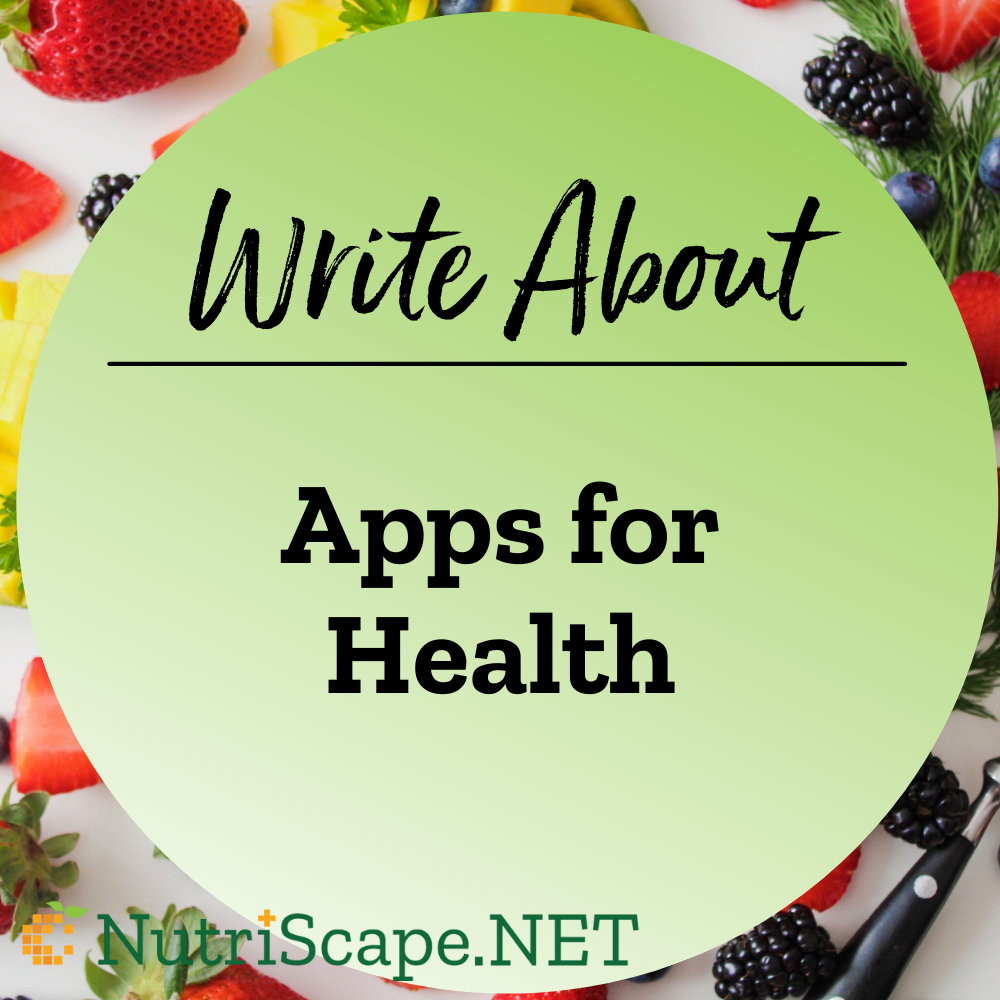
Kidney care associations are working with the U.S. Department of Veterans Affairs to recruit patients for testing a new nutrition mobile app for veterans and other individuals managing kidney disease. According to a press release, the MyKidneyNutrition app will allow patients to track daily activities including nutrition, fitness and medication information. The American Association of Kidney
Source: New app for veterans and other patients with kidney disease targets nutrition
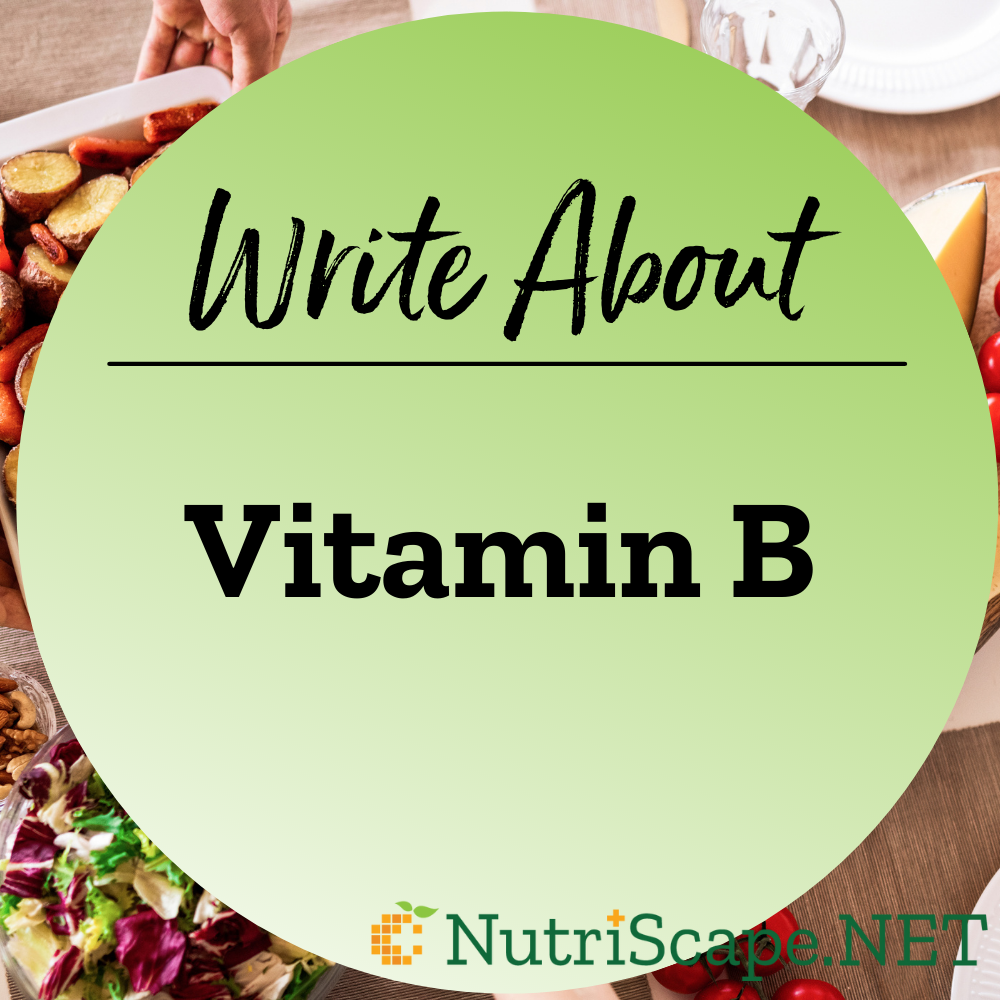
The study, presented at the 57th Annual European Society for Paediatric Endocrinology Meeting, involved nearly 100 participants with Vitamin B12-deficiency and Type-1 diabetes, aged between 12-18 year
Source: Vitamin B may boost kidney function in young diabetics
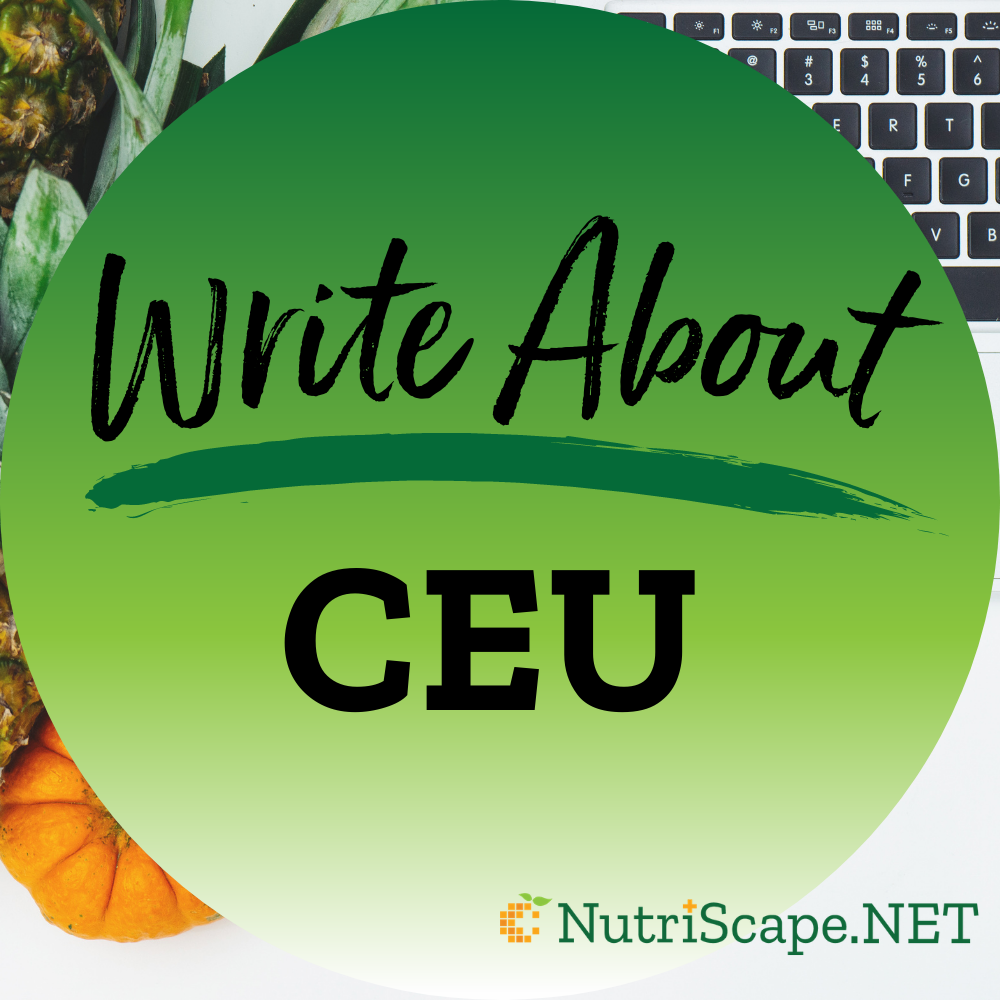
Comprehensive training in treating food sensitivity related conditions. Tools provided to manage patients effectively.
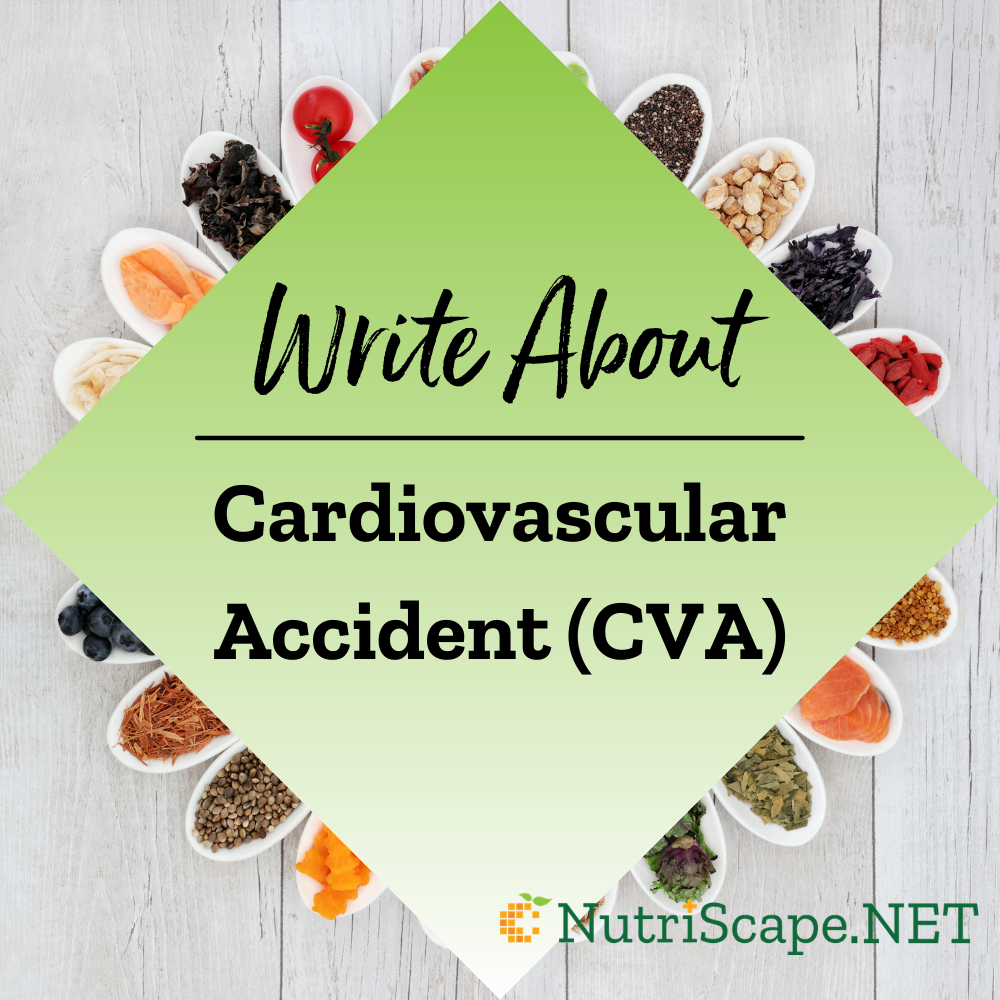
The intensity of leisure-time physical activity has an effect on the incidence of CVD, irrespective of energy expenditure, according to an analysis of middle-aged adults in the SUN cohort.After controlling for energy expenditure, risk for CVD was lowest among participants who reported high-intensity leisure-time physical activity (HR = 0.31; 95% CI, 0.12-0.79) and lower among those who reported
Source: High-intensity leisure-time physical activity lowers CVD risk
Your writing adds immense value to The NutriScape Project’s educational mission and places our writers as experts in the field. It can deliver you attention from your perfect clients so that they can connect—that’s what it’s all about. But first, let’s make sure this article is going to get the attention it deserves.
We want to make it easy to write great articles that get awesome levels of traffic. That requires SEO. SEO is the art and science of getting found on Google. It is a highly technical topic that most dietitians prefer not to tackle. And SEO is best done before any writing even takes place.
Our specialist dietitian has already done much of the SEO work for you–researching and testing out the best keywords and heading structure to include to make your article show up in internet searches.
Coming up with the best keywords is tricky. Many of the keywords we would normally think of having either too much competition or too little search traffic. You will want to use the keyword/keyphrase in the first paragraph of your article and several more times.
According to our research, these are the best keyword(s) or keyphrase(s) to include in your article:
Readers love easy reading! Google looks for readability and scanability, so headings are important. Headings make your article easy to scan and can also break up long blocks of text that tend to overwhelm your readers.
During the keyword research process, these heading ideas came up in the top-rated articles and searches. If these headings fit the topic you are writing about and the article you want to write, they would probably help the article rank well in Google searches. They are only suggestions, so if they don’t fit what you are writing, you will want to create something better. Here are the headings our SEO dietitian suggested for this article:
This resource is sure to help as you organize your thoughts:

The gluten-free diet craze is both reassuring and upsetting to people with celiac disease who are allergic to the nutrient, a small study suggests.
Source: Gluten-Free Craze a ‘Double-Edged Sword’ for Celiac Patients
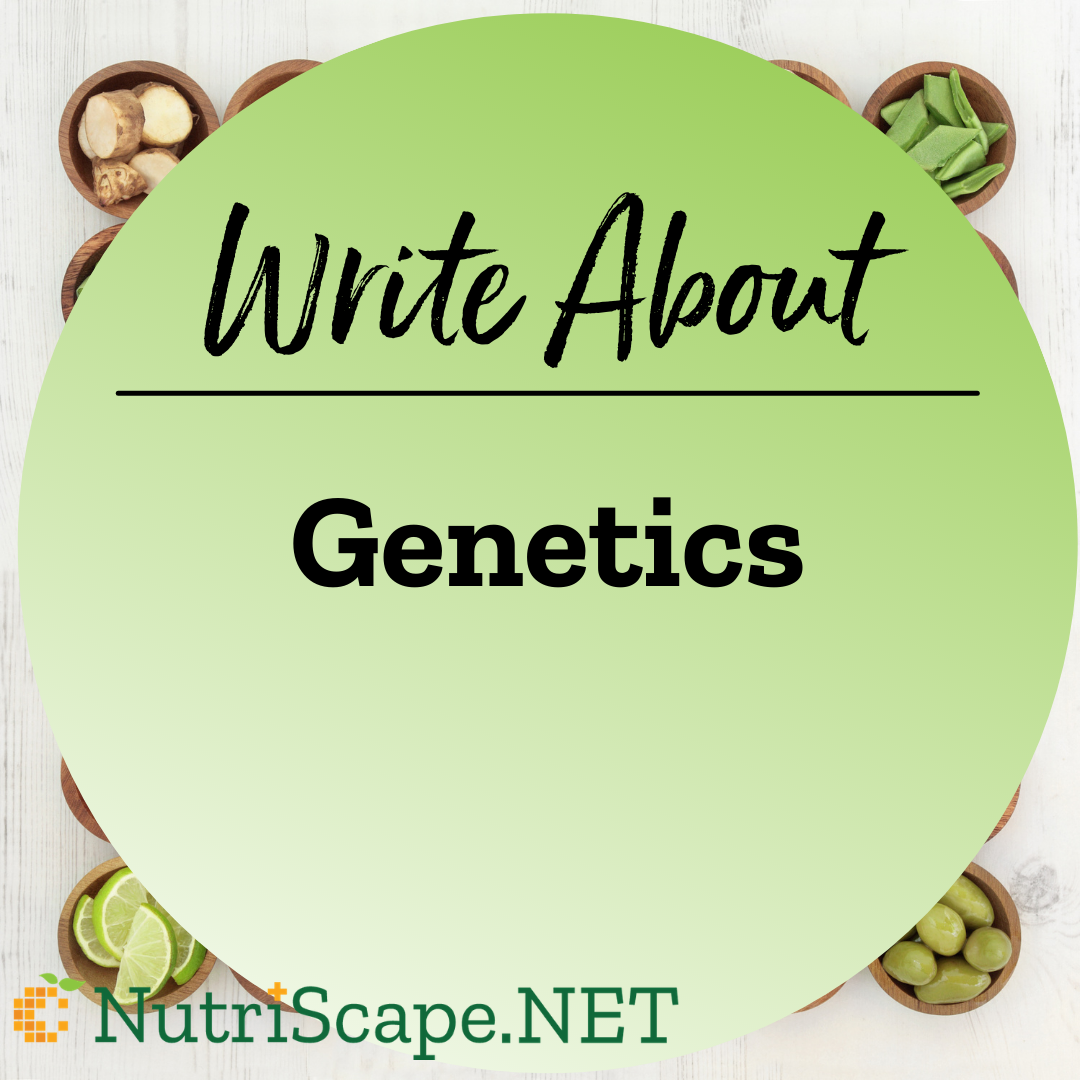
Heritability of BMI was significantly higher in children living in high-risk obesogenic environments compared with those living in low-risk environments.
Source: Heritability of BMI Stronger in Obesogenic Environments
Although all dietitians are well-versed in academic writing, it can be a challenge to organize our vast knowledge in a way that hits the right chord for readers on the web. Before you sit down to write your epic article, save yourself some time by investing an hour in learning the basics of a solid writing process that can help you create your very best work.
We’ve scoured the internet for the best practices on writing and distilled the information to meet the needs of NutriScape writers. In our 1-hour CEU presentation, “Copywriting Skills for the Internet”, we discuss a structured process for each phase of writing and cover critical SEO principles that are key to getting articles found on Google.
This writer’s guide is a resource that will be sure to help as you organize your thoughts:
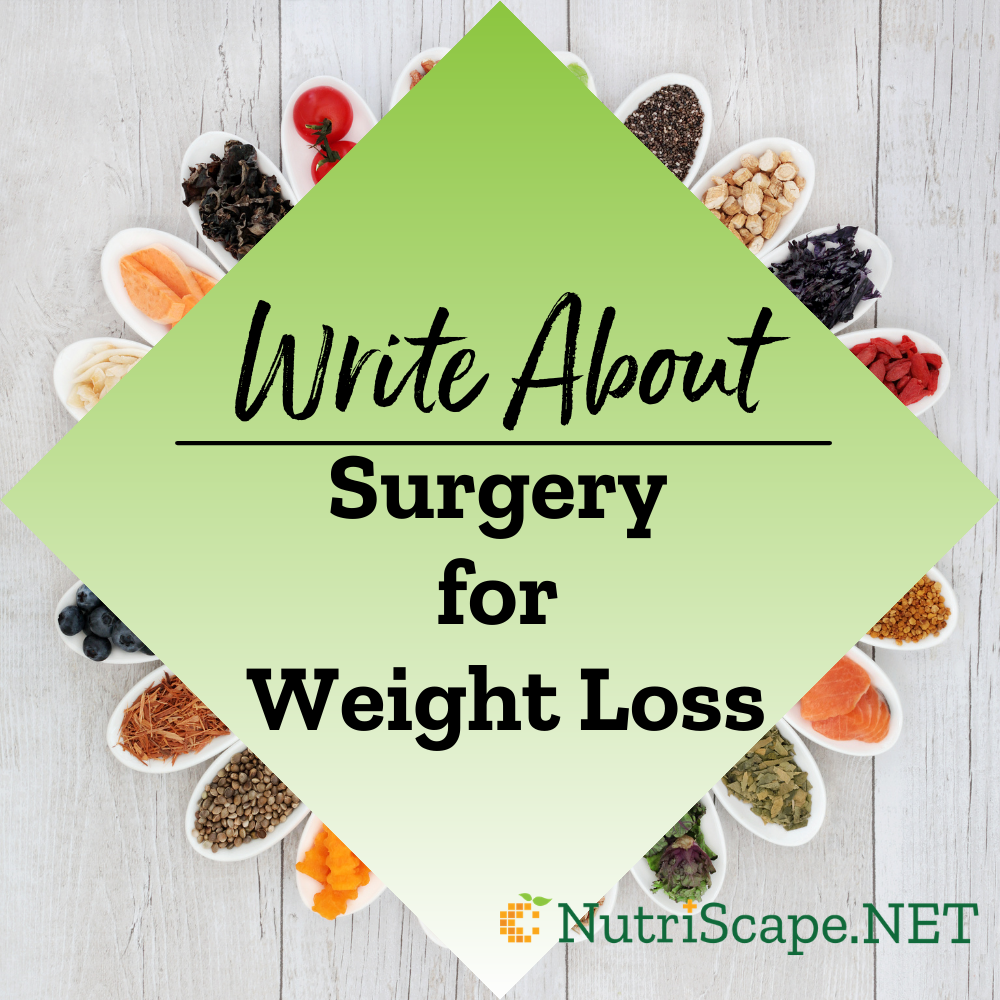
Obesity surgery may help prevent heart attacks and strokes in people who are severely overweight and have diabetes, a new large study suggests.
Source: Obesity Surgery May Cut Heart Attack Risk in Diabetics
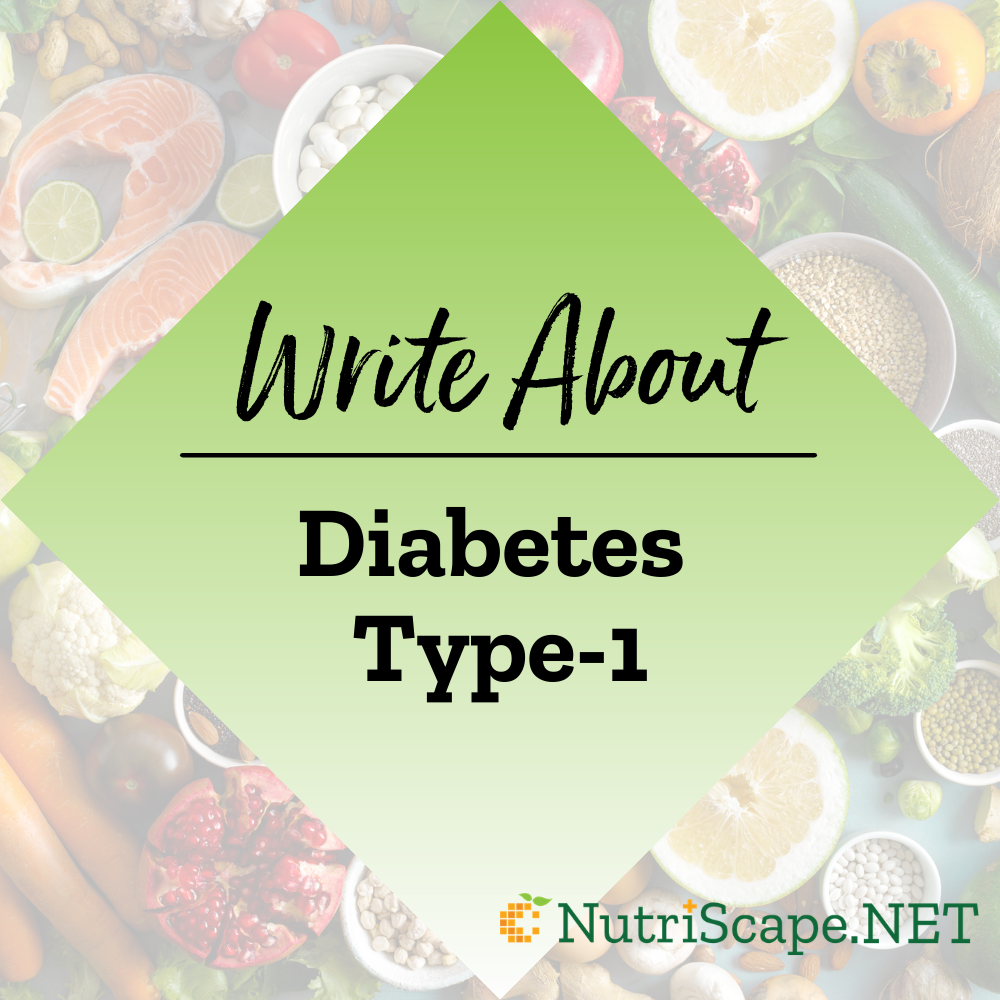
Adolescents and adults with type 1 diabetes who used a hybrid closed-loop insulin system reported fewer symptoms of diabetes distress and improved disease management, suggesting the system could improve quality of life for users, according to findings published in Diabetes Technology & Therapeutics. “Given that [hybrid closed-loop] systems require use of both [continuous glucose
Source: Artificial pancreas may reduce diabetes distress, improve disease management
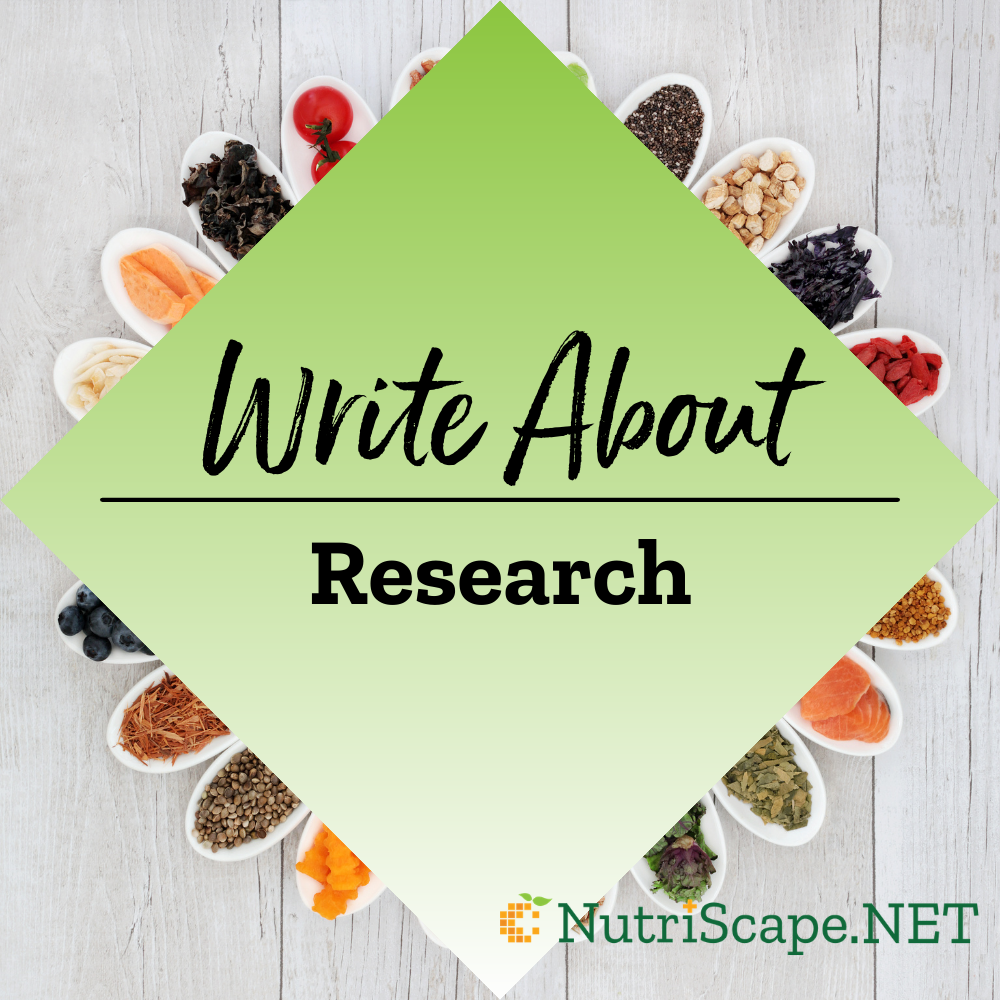
Brian Wansink made a name for himself producing pithy, palatable studies that connected people’s eating habits with cues from their environment. His data manipulation now serves as a cautionary tale.
Source: Cornell Food Researcher’s Downfall Raises Larger Questions For Science

Although all dietitians are well-versed in academic writing, it can be a challenge to organize our vast knowledge in a way that hits the right chord for readers on the web. Before you sit down to write your epic article, save yourself some time by investing an hour in learning the basics of a solid writing process that can help you create your very best work.
We’ve scoured the internet for the best practices on writing and distilled the information to meet the needs of NutriScape writers. In our 1-hour CEU presentation, “Copywriting Skills for the Internet”, we discuss a structured process for each phase of writing and cover critical SEO principles that are key to getting articles found on Google.
This writer’s guide is a resource that will be sure to help as you organize your thoughts:
Source: Weight Gain After Roux-en-Y: What’s the Best Measurement?

Source: The Rest of the Story on Vitamin B for Stroke Prevention

Subtracting the average payment of $139, there was a $661 gap between the cost of the program and the expected payments.
Source: Costs of Medicare diabetes prevention program may exceed reimbursements
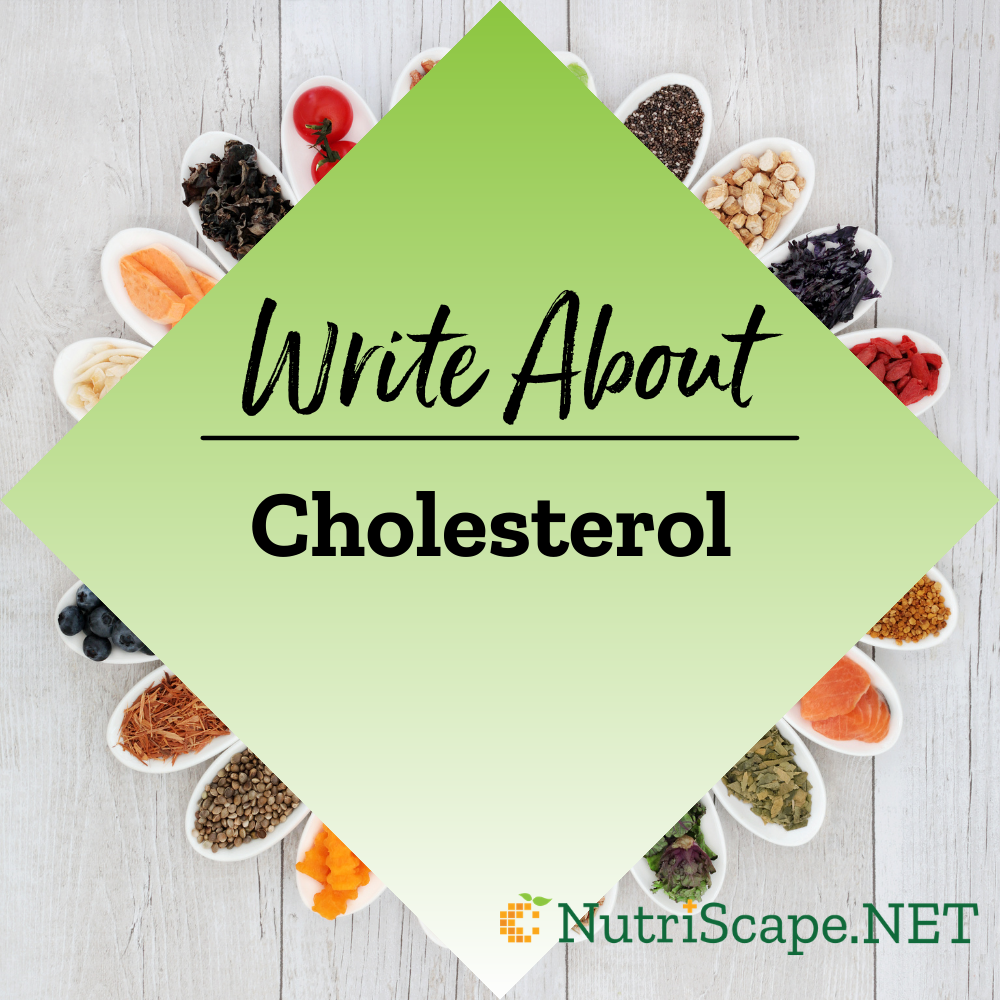
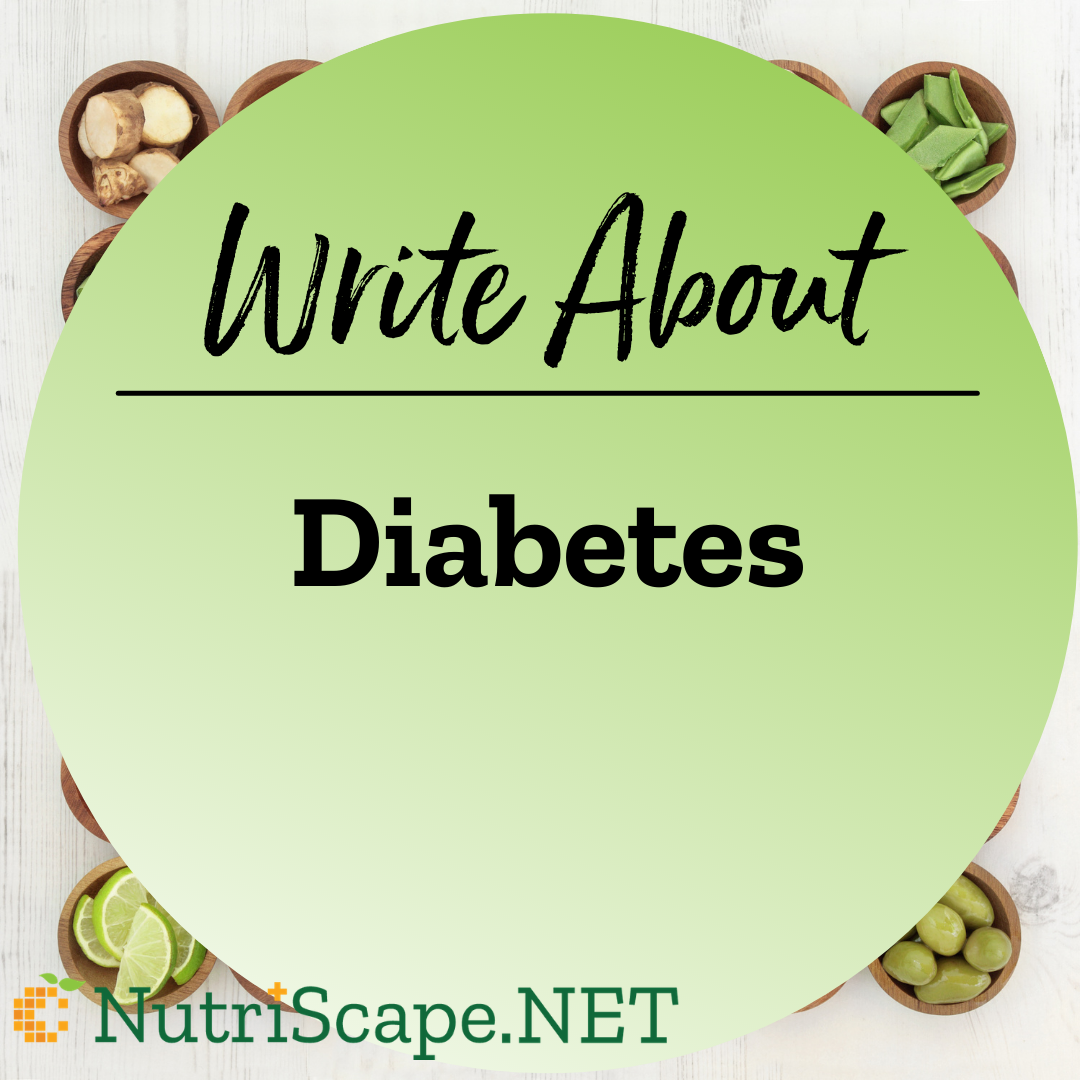
A study of the third form of diabetes which encompasses both types 1 and 2, referred to as type 1.5, revealed a link between immune and metabolic disease.
Source: “Type 1.5 Diabetes” Study Links Immune and Metabolic Disease • CMHC PULSE

Scientists believe that the diabetes type LADA may actually be a hybrid of type 1 diabetes and type 2 diabetes. LADA is short for Latent Autoimmune Diabetes of Adulthood. It is commonly misdiagnosed as type 2 diabetes because type 2 is mostly diagnosed in adulthood.
Source: New genetic study into LADA reveals connections to type 1 and type 2 diabetes
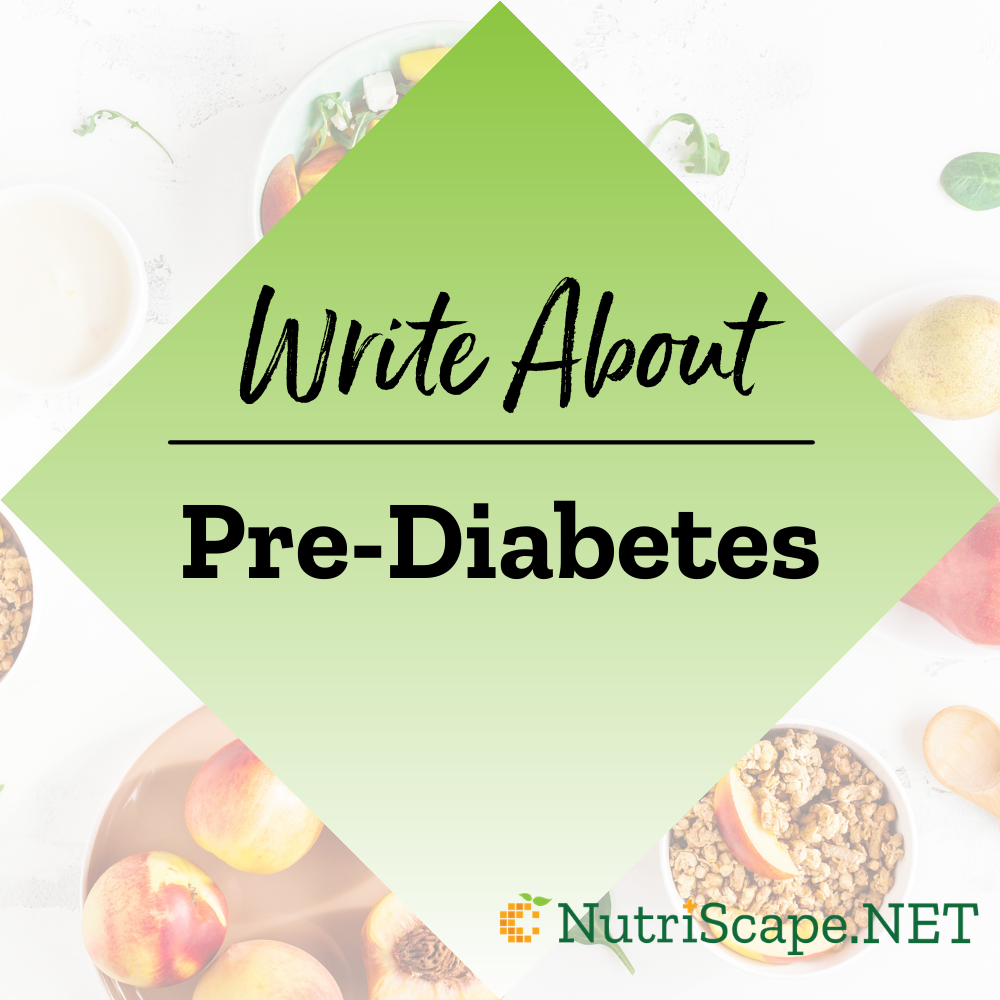
Adults who reported adverse childhood experiences are at greater risk for developing higher BMI, waist circumference, insulin resistance and other prediabetes indicators vs. those without adverse childhood experiences, according to findings published in the Journal of Diabetes and its Complications. “Well documented as being predictors of adult morbidity and mortality, a single endorsement
Source: Adverse childhood experiences increase prediabetes markers in adulthood
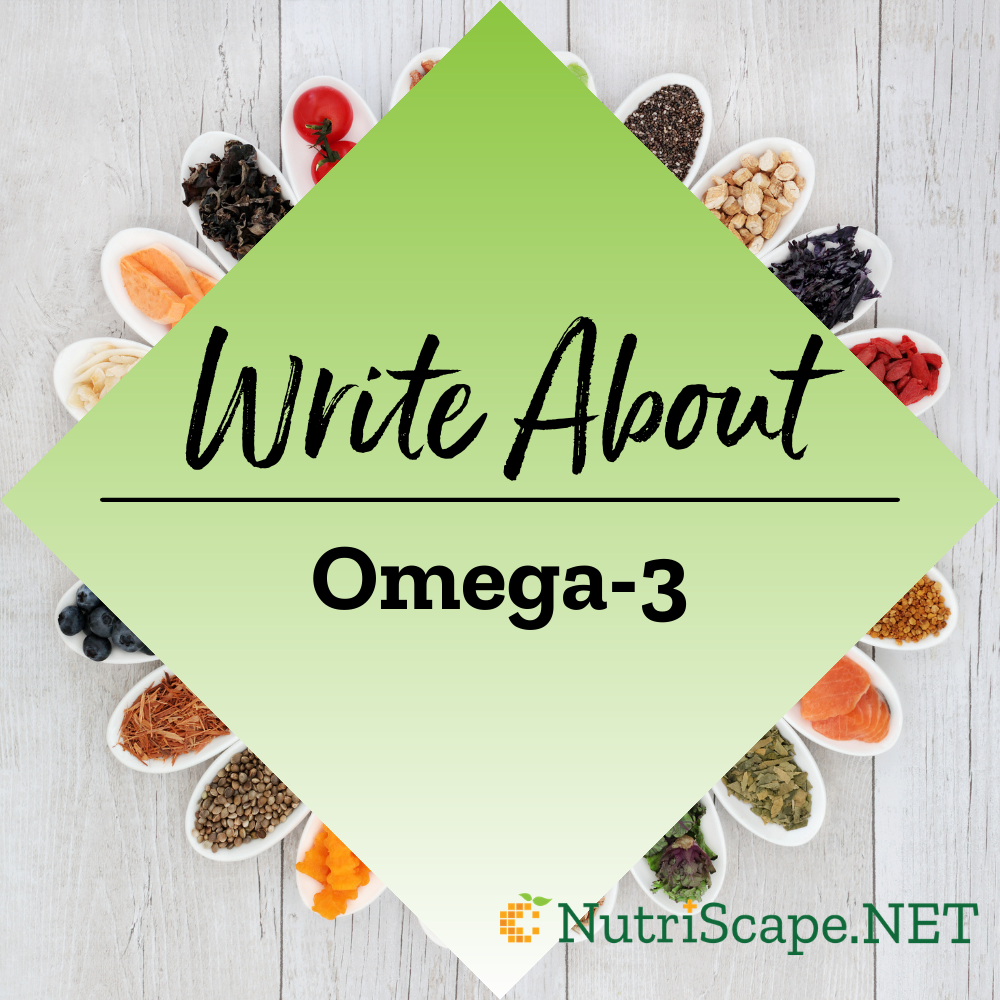
New research suggests that people who consume high levels of omega-3 fatty acids from seafood are more likely to stay disease-free well into old age.
Source: Seafood rich in omega-3 may promote healthy aging
Your writing adds immense value to The NutriScape Project’s educational mission and places our writers as experts in the field. It can deliver you attention from your perfect clients so that they can connect—that’s what it’s all about. But first, let’s make sure this article is going to get the attention it deserves.
We want to make it easy to write great articles that get awesome levels of traffic. That requires SEO. SEO is the art and science of getting found on Google. It is a highly technical topic that most dietitians prefer not to tackle. And SEO is best done before any writing even takes place.
Our specialist dietitian has already done much of the SEO work for you–researching and testing out the best keywords and heading structure to include to make your article show up in internet searches.
Coming up with the best keywords is tricky. Many of the keywords we would normally think of having either too much competition or too little search traffic. You will want to use the keyword/keyphrase in the first paragraph of your article and several more times.
According to our research, these are the best keyword(s) or keyphrase(s) to include in your article:
Readers love easy reading! Google looks for readability and scanability, so headings are important. Headings make your article easy to scan and can also break up long blocks of text that tend to overwhelm your readers.
During the keyword research process, these heading ideas came up in the top-rated articles and searches. If these headings fit the topic you are writing about and the article you want to write, they would probably help the article rank well in Google searches. They are only suggestions, so if they don’t fit what you are writing, you will want to create something better. Here are the headings our SEO dietitian suggested for this article:
This resource is sure to help as you organize your thoughts:

Physical activity could lower the high rate of death associated with frailty in older people, according to a study conducted in Spain.
Source: Physical activity lowers death risk from heart disease, study says

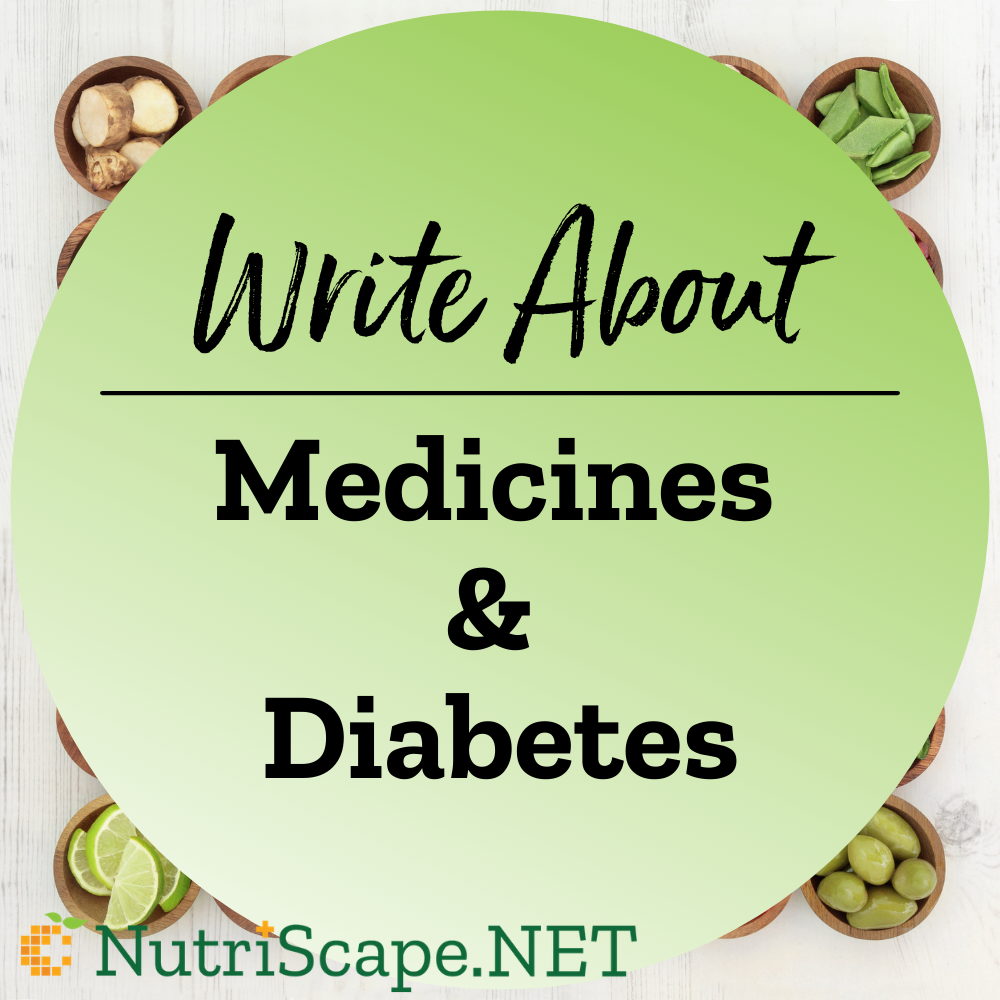


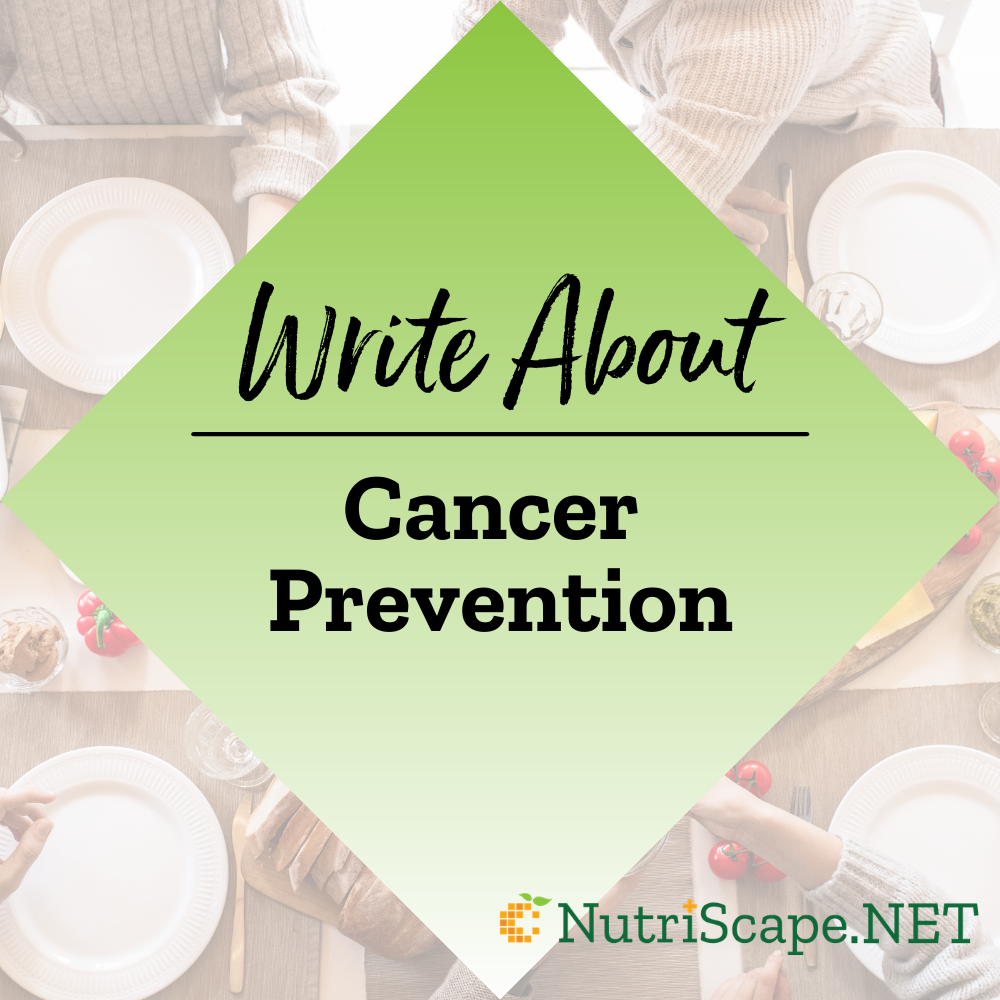
The survey of nearly 70,000 French adults comes amid a flurry of interest in the cancer risks of pesticides, spurred by this summer’s Monsanto trial, which found Roundup gave a man cancer.
Source: Organic food lowers blood and breast cancer risk, study finds
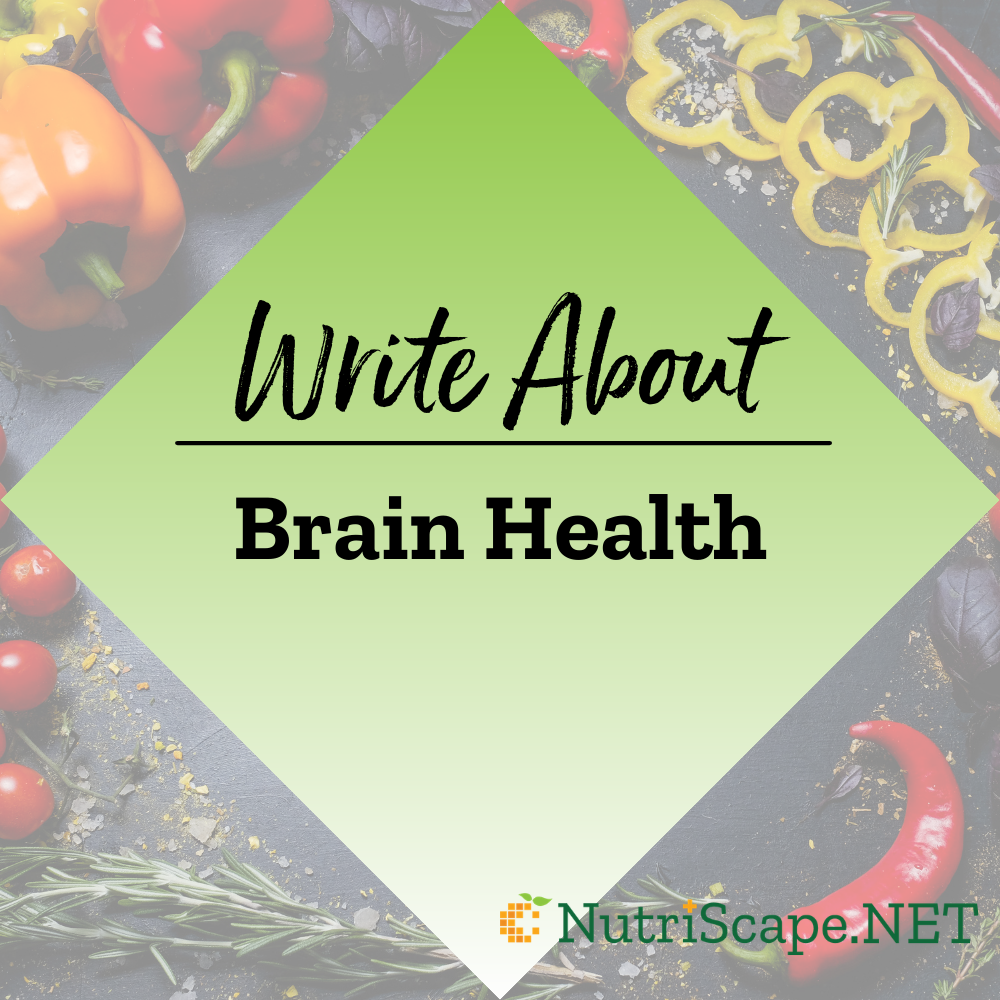
Two large studies show that age-related memory loss can be slowed significantly when older people promptly address hearing and vision loss.
Source: Want To Keep Your Brain Sharp? Take Care Of Your Eyes And Ears
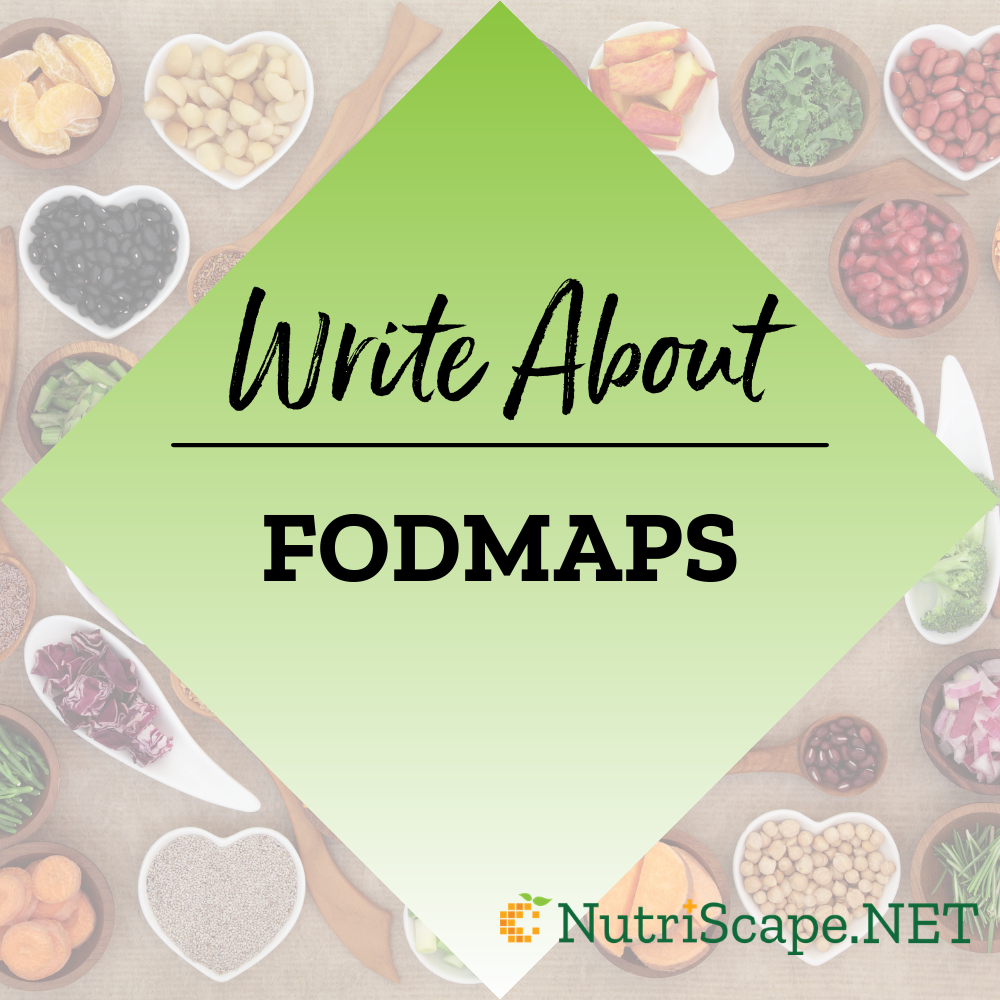
Get a detailed understanding of the prescription and implementation of the Low FODMAP Diet. Enroll in our online FODMAP course and help your patients with their IBS.

An estimated 8.5% of the U.S. adult population was diagnosed with type 2 diabetes and 0.5% was diagnosed with type 1 diabetes in 2016 and 2017, according to a study published in BMJ.In addition, adults with type 2 diabetes made up 91.2% of the U.S. population with some form of diabetes, whereas 5.6% of the population with diabetes had type 1.
Source: Diabetes prevalence reaches 9.7% of U.S. population in 2016 and 2017
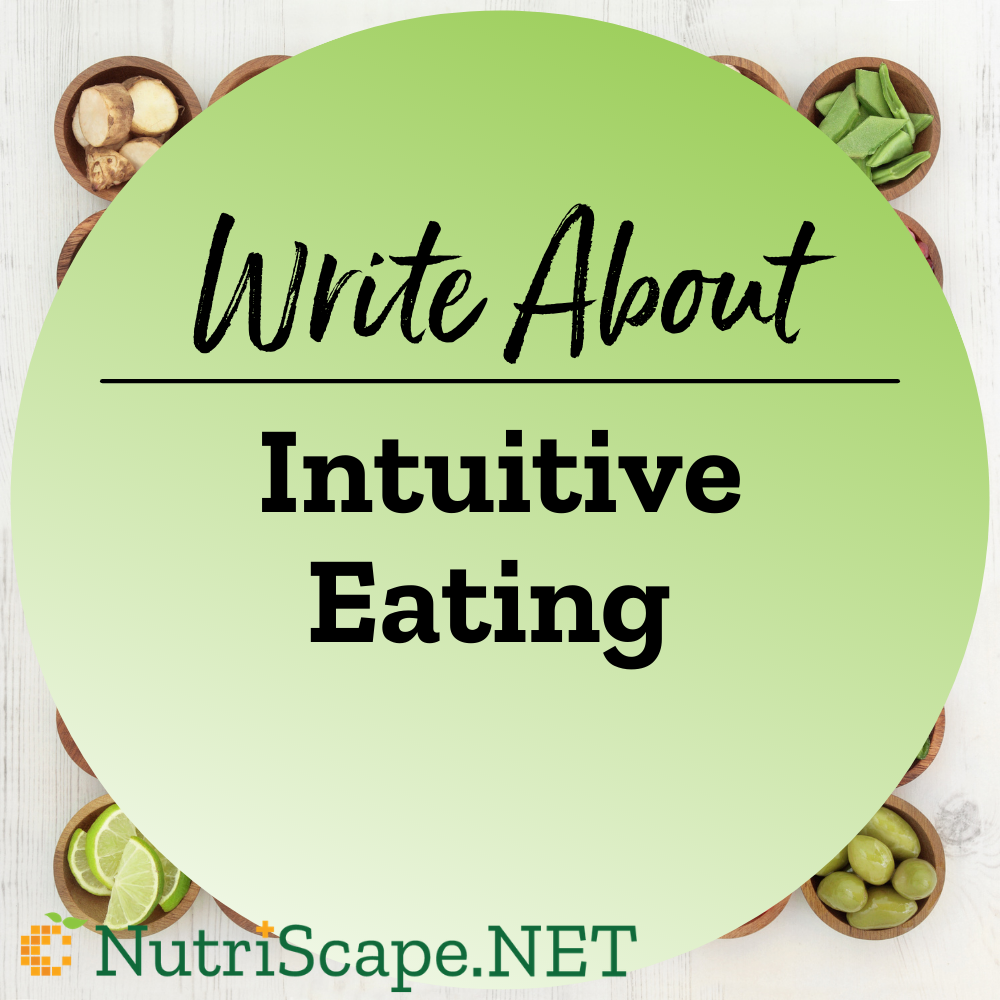
The first step to breaking this habit is to start ignoring the impulse to reach for food whenever we experience boredom.
Source: Why We Eat When We’re Bored | Food & Nutrition | Stone Soup


Researchers analyzed how improvements in metabolic syndrome may impact the risk of developing type 2 diabetes and cardiovascular disease in patients with prediabetes.
Source: Severity of Metabolic Syndrome Indicates Risk for T2D, CVD in Prediabetes Treatment
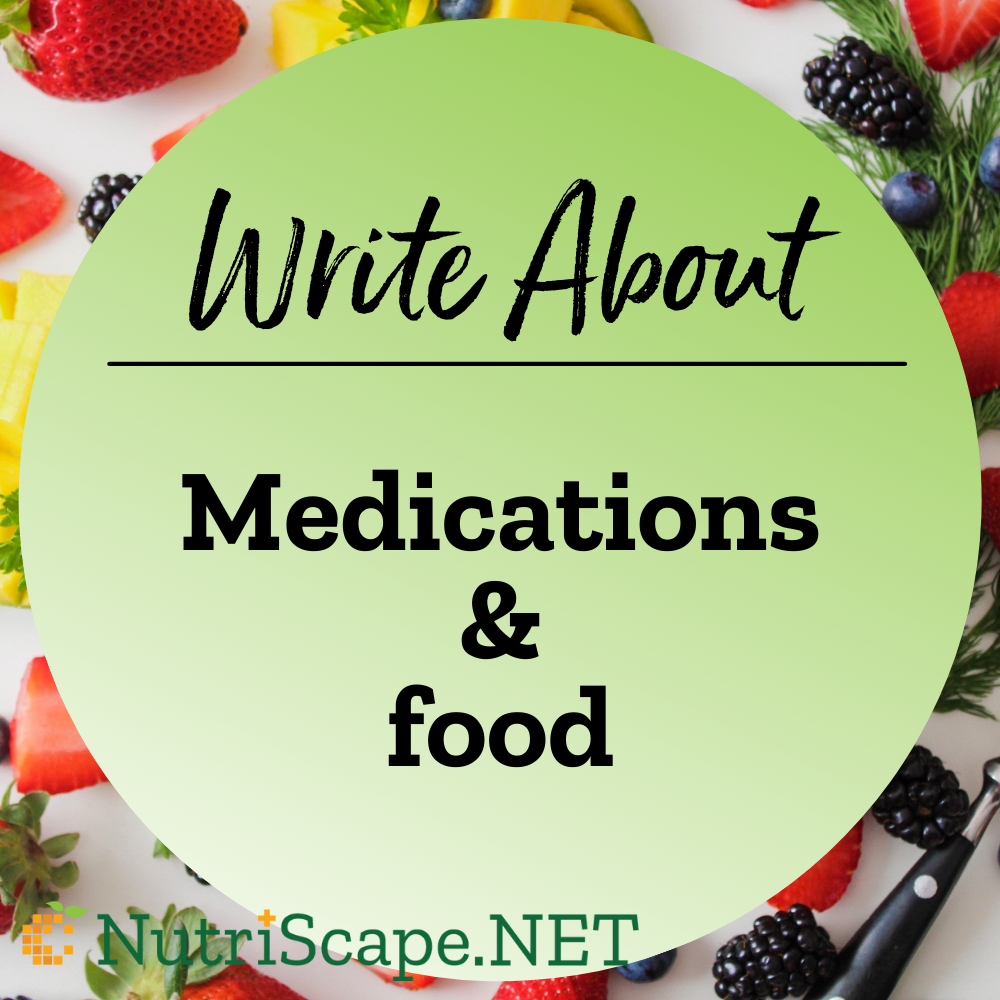
Wielding food as medicine, hospitals are taking on nutrition counseling, sending patients home with prescriptions as well as bags of fresh produce.

Based on mounting research, doctors are prescribing nutrient-rich foods as a recipe for better mental health. With the help of high-profile chefs, they’re doing it deliciously, too.
Source: Feed Your Head: Foods That Target Depression and Anxiety
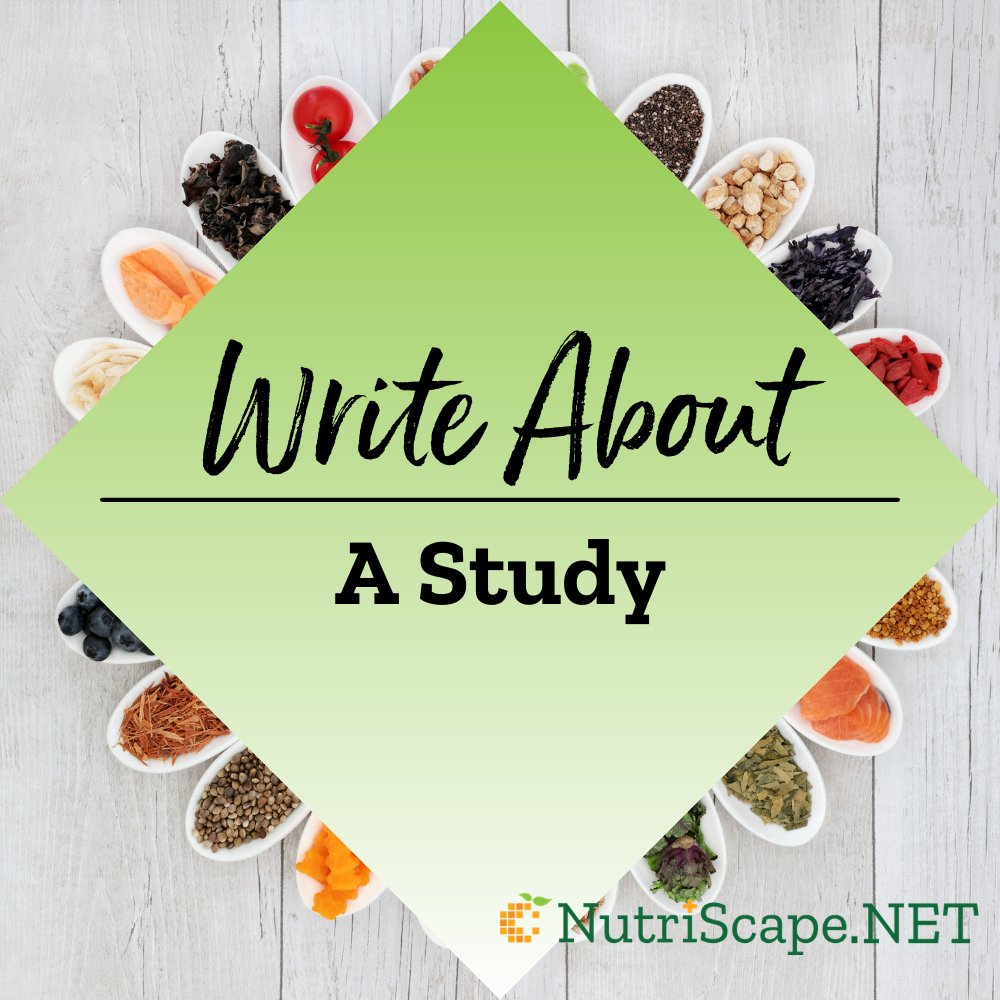
A new study suggests eating organic foods could help ward off cancer.

Plastic could be present in all of our bodies, and researchers are concerned about how this could impact human health, according to a new study presented Monday at the 26th UEG Week in Vienna.